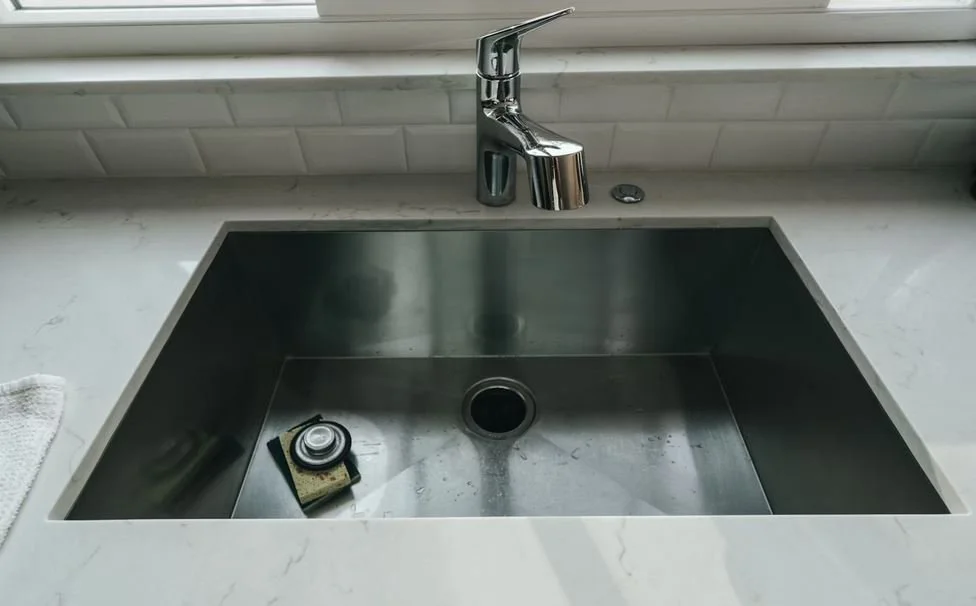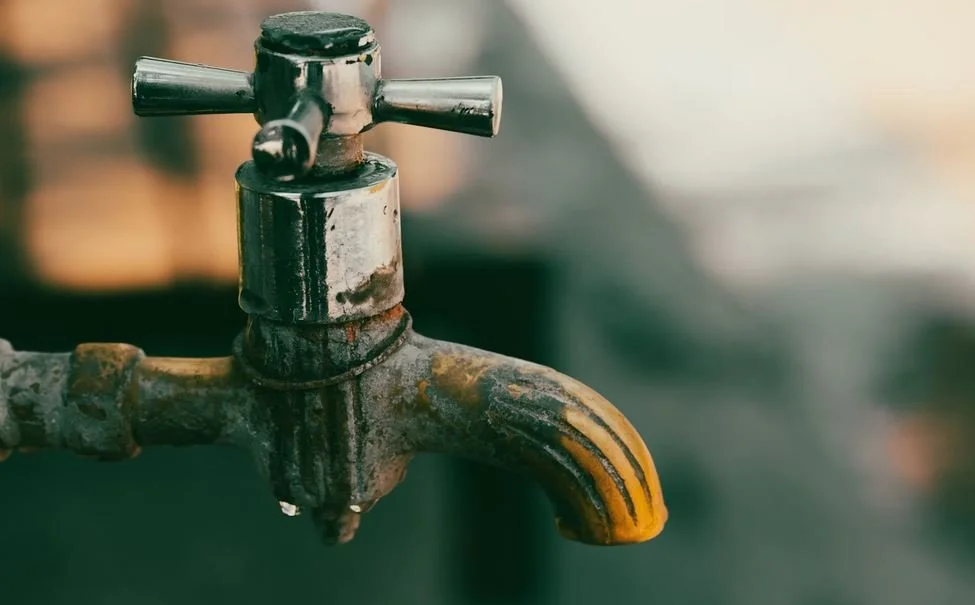Is CLR Septic Safe? (Solved)
Cleaning products can be confusing. You’ve got bottles promising “tough on stains” and “safe for pipes,” but when you’ve got a septic system at home, things get a little trickier.
The last thing you want is to nuke the helpful bacteria in your tank with something too harsh.
So, what about CLR, that go-to cleaner for rust, lime, and calcium buildup? Is it safe for your septic system?
In this post, I’ll explain if CLR is septic safe, how to use it without causing any trouble, which products are good to go, and some extra alternatives that are gentle on your system.
Is CLR Safe For Septic Systems?
Yes, CLR is generally safe for septic systems when used the right way.
It’s actually designed to be biodegradable and doesn’t contain phosphates or bleach - the two things that can cause chaos in a septic tank. That’s already a good start.
But “safe” doesn’t mean “dump it everywhere.”
CLR is still a strong cleaner, meant to dissolve stubborn buildup. You have to use it in moderation and rinse it properly so it’s diluted before reaching your septic tank.
Your septic system works like a little ecosystem. Inside that underground tank, bacteria break down waste naturally. Harsh chemicals can kill those bacteria, which can mess up how your system runs.
CLR, on the other hand, is formulated to break down safely in water before reaching those microbes.
Also Read: What Should You NOT Use CLR On?
It’s perfectly fine for cleaning sinks, tubs, toilets, and appliances that feed into your septic system. Just stick to the directions on the label, and don’t get too generous with it.
How To Use CLR Safely With A Septic System
So how do you make sure you’re not pushing your septic system over the edge? It’s actually super simple. Here’s how to clean smart with CLR:
#1 Use The Recommended Dilution
Always start by following what the bottle says.
CLR is concentrated, so it doesn’t take much to get results. Using more won’t make things cleaner, it just increases the chance of sending too many chemicals into your plumbing at once.
For most jobs, you’ll only need a small amount mixed with water.
If you’re cleaning a tough spot like a rusty shower head or lime buildup around your faucet, you can apply it directly - just don’t let it sit forever.
Work quickly, scrub, and rinse it away.
#2 Rinse Thoroughly After Use
This step might seem boring, but it’s super important.
After you use CLR, make sure to rinse the surface with plenty of water. That rinsing step is what dilutes the cleaner before it travels down the drain.
A splash of CLR followed by a wave of rinse water means it’s much less potent by the time it even reaches your septic tank. That keeps the balance inside your system healthy.
You don’t have to go overboard. Just run enough clean water through the drain to flush everything completely.
Also Read: Can You Leave CLR In Toilet Overnight?
#3 Avoid Pouring Large Amounts Directly Into Drains
You’d be surprised how often people do this - pouring cleaners straight into drains or toilets thinking they’ll “deep clean” the pipes. Bad idea.
It’s kind of like dropping an energy drink into a fish tank.
Too strong, too fast, and it can shock the system.
CLR is meant for targeted cleaning, not for dumping in large amounts. Using it this way won’t help your pipes, and it could cause problems for your septic bacteria.
So skip the shortcuts. Clean the surface you’re working on, rinse well, and move on.
#4 Use Only Where Needed
Use CLR only on the spots that actually need it.
You don’t have to spray or pour it everywhere just for the sake of cleaning. It’s a strong cleaner, so using it unnecessarily can put extra stress on your septic system and waste the product.
Focus on areas with tough buildup, like rusty faucets, lime deposits in the shower, or stained sinks.
The rest of your surfaces can usually be cleaned with milder, everyday cleaners like vinegar, baking soda, or even just warm soapy water.
Target only these areas, and you’ll keep your home clean, save your septic system from extra work, and make the CLR last longer.
Also Read: CLR Vs Vinegar
CLR Products That Are (and Aren’t) Septic Safe
CLR makes a bunch of products, and not all of them are good for septic tanks.
The original CLR Calcium, Lime & Rust Remover (the one in the gray bottle) is the one labeled septic-safe and I talked about in this post. That’s the one you’ll find in most grocery stores or hardware aisles.
It’s biodegradable, non-toxic, and safe for household plumbing when used correctly.
But then there are other CLR products out there, like CLR Mold & Mildew Clear, CLR Outdoor Cleaner, and CLR Grease Magnet. Those versions are more specialized and may contain stronger ingredients that aren’t ideal for septic systems.
So don’t assume every bottle with the CLR logo is a green light.
When in doubt, flip the bottle around and check the label. If it specifically says “safe for septic systems,” you’re good. If it doesn’t mention it at all, take the cautious route and use it sparingly, or pick something else.
Other Septic-Safe Cleaning Alternatives
If you want to be extra gentle on your septic system or just like using natural cleaners, there are plenty of options that get the job done without stressing your tank.
These alternatives are safe, easy to find, and work well for everyday cleaning tasks around the house:
Vinegar and baking soda for sinks, drains, and toilets
Lemon juice for rust or mineral stains
Enzyme-based cleaners that support septic bacteria
Mild dish soap mixed with warm water for general cleaning
Microfiber cloths to reduce the need for harsh chemicals
Bottom Line
CLR is septic safe, as long as you use it responsibly. It’s formulated to be biodegradable, free from harsh phosphates, and won’t hurt your septic bacteria when it’s diluted and rinsed properly.
Use the recommended amount, rinse well, and avoid dumping a ton down the drain.
Treat your septic system like the delicate ecosystem it is, because it literally is one.
If you’re ever unsure about a cleaning product, always check the label. Brands like CLR make multiple formulas, and not all of them have the same septic-friendly makeup. When in doubt, go with vinegar, baking soda, or an enzyme cleaner instead.

